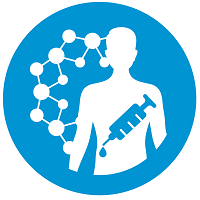Preclinical, Clinical, and Translational Sciences
Rapid Fires: Translating Animal PK, Toxicology, and Biomarkers to Clinical Success
Harnessing a Cutting-Edge Single-Cell Flow Cytometry Platform for Enhanced Immunogenicity Assessment
Wednesday, November 12, 2025
3:00 PM - 3:15 PM CT
Location: 225 CD

Janey Ronxhi, MS, ALM (she/her/hers)
Senior Scientist
Takeda Development Center Americas, Inc.
Cambridge, Massachusetts
Rapid Fire Speaker(s)
This presentation introduces Time-Lapse Flow™ Cytometry, a novel single-cell technology that enables dynamic, real-time tracking of immune cell activation. By capturing kinetic phenotypes of T-cell responses, this approach provides mechanistic insights that conventional flow cytometry often misses. Leveraging these high-resolution datasets, machine learning models can predict immunogenicity with improved accuracy, supporting early risk assessment and enhancing translational decision-making in drug development.
Learning Objectives:
- Understand the importance of immunogenicity in drug development.
- Explore current in vitro immunogenicity screening strategies.
- Discover Time-Lapse Flow™ Cytometry, an innovative single-cell technology that enables dynamic, real-time tracking for advanced immunogenicity assessment.
- Learn how machine learning models trained on single-cell data can improve the accuracy of immunogenicity prediction.


